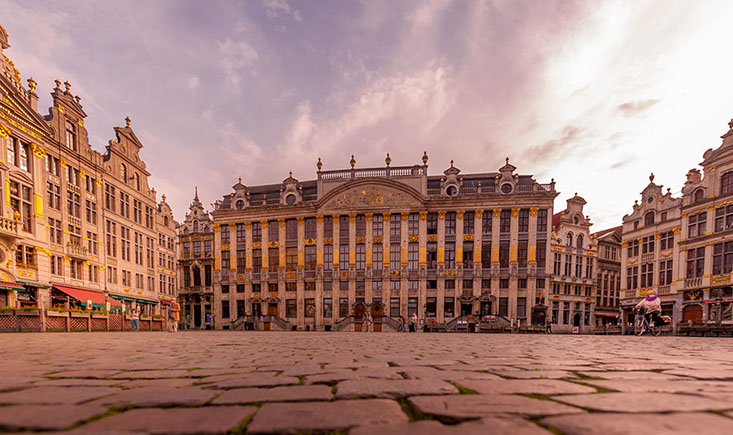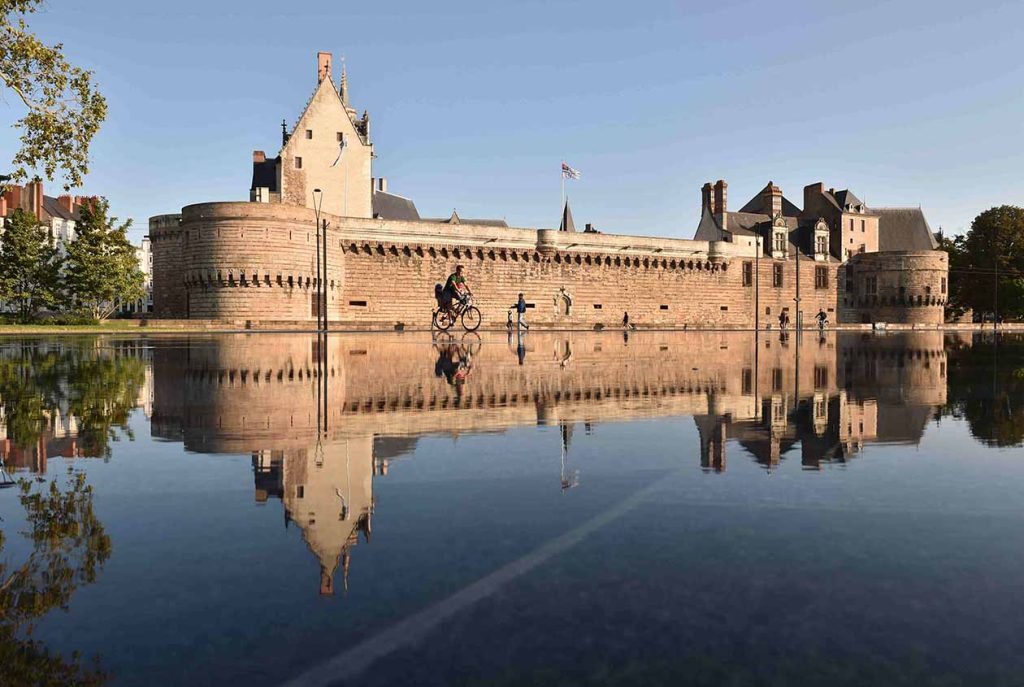
Marseille, a bustling Mediterranean city with a rich history and vibrant culture, offers a variety of transportation options that can suit every type of traveler. Whether you’re planning to explore the city’s famous landmarks or venture beyond to Provence and the French Riviera, Marseille’s transit system provides many ways to get around conveniently. Here’s a comprehensive guide to navigating Marseille, covering public transit, biking, car rentals, water shuttles, and more.
1. Marseille’s Public Transit System: Efficient and User-Friendly
The Régie des Transports Métropolitains (RTM) manages Marseille’s public transit network, which includes the metro, trams, and buses. This system is ideal for those looking for an affordable, efficient way to get around the city without renting a car.
- Metro: Marseille’s metro has two lines, M1 and M2, which are color-coded (blue and red) and offer convenient stops at key locations, such as the Vieux Port and Gare Saint-Charles. The metro operates from 5 a.m. to 12:30 a.m., and trains arrive approximately every five minutes during peak times. You can purchase tickets at machines in any station, which accept both cash and credit cards.
- Trams: The tram system has three lines (T1, T2, and T3) that cover areas not serviced by the metro. This makes it easier to access neighborhoods like Noailles and Castellane. Trams are a fantastic choice for short-distance travel, particularly if you’re staying near one of the lines. The trams are modern, well-maintained, and provide a scenic way to get around, often gliding through areas with street art and local markets.
- Buses: Marseille’s extensive bus network complements the metro and tram lines. With over 80 routes, buses offer access to virtually every corner of the city. However, buses are subject to traffic, and delays during rush hours are common. If you’re planning to stay in suburban areas or want to visit landmarks like the Calanques National Park, the bus system is indispensable. RTM also offers night buses (the Noctiliens), so late-night travelers can still get around.
For tourists, RTM offers various passes: single-ride tickets, 24-hour passes, and longer options like a 72-hour pass. If you’re planning to spend a few days in Marseille and want flexibility, consider the City Pass that covers unlimited travel and includes entry to several attractions. A single ride is around €1.90, but a day pass costs about €5.20, allowing you to hop on and off as you explore the city.
2. Le Vélo: Exploring Marseille on Two Wheels
For those who prefer an active approach to travel, Marseille’s bike-sharing system, Le Vélo, offers over 1,000 bicycles stationed throughout the city. You’ll find bike stations near major tourist spots, transit hubs, and even within residential neighborhoods, making it easy to grab a bike and go.
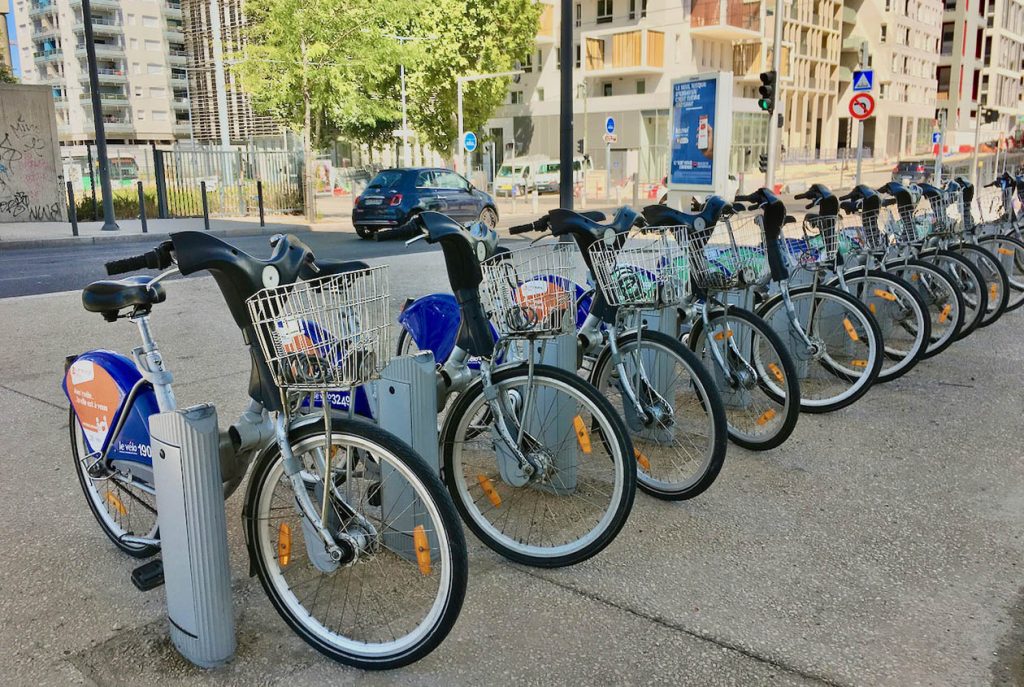
- How It Works: Renting a bike is straightforward. You can register online or at one of the bike stations using a credit card. The cost is affordable, with the first 30 minutes free, and then a small fee of about €1 per hour afterward. For tourists, a 7-day subscription can be purchased for approximately €1, allowing you access to bikes without added fees during the first 30 minutes of each ride.
- Best Routes: Marseille has dedicated bike lanes, especially around the Old Port and the Corniche. You can cycle along the Corniche Kennedy for stunning views of the Mediterranean, passing beaches and picturesque coastal landscapes. For a more adventurous route, try biking up to Basilique Notre-Dame de la Garde. Though challenging due to the incline, you’ll be rewarded with breathtaking views of the city and harbor.
3. Sea Shuttles: A Scenic and Unique Option
One of the most enjoyable and scenic ways to explore Marseille’s coastline is via the Navette Maritime (sea shuttles). These water buses operate from April to September and provide a charming alternative to road transport.
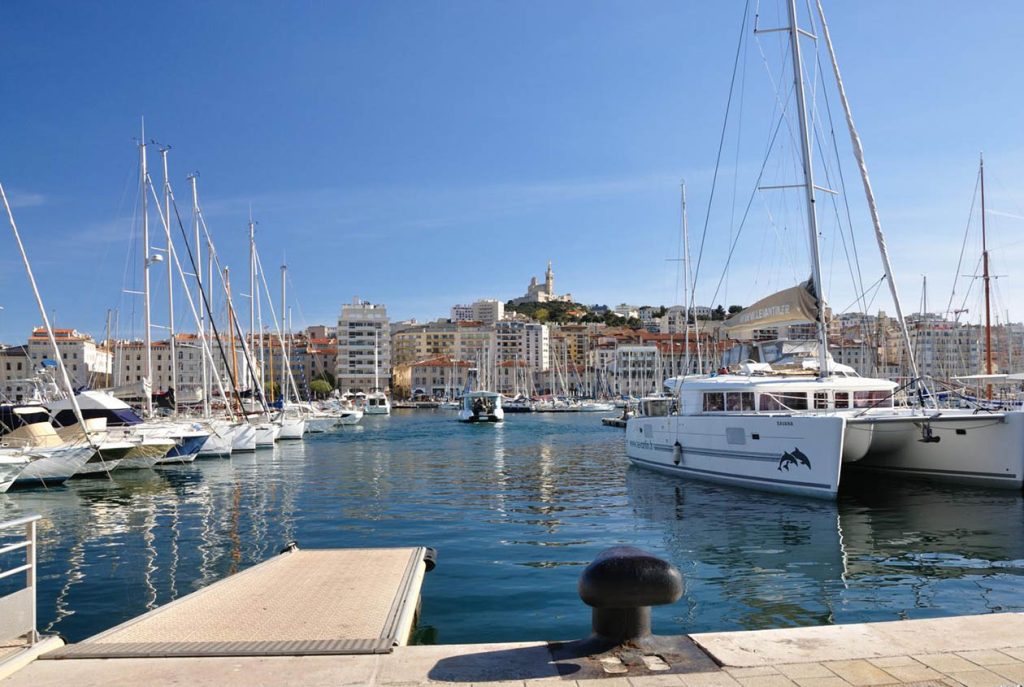
- Routes and Fares: The sea shuttles connect the Vieux Port with coastal areas such as Pointe Rouge and L’Estaque, with tickets costing around €5 for a one-way trip. This is an ideal way to avoid traffic and enjoy a relaxing trip along the Mediterranean. You can buy tickets onboard, but arrive early during peak tourist season, as the boats can fill up quickly. The trip to L’Estaque is especially lovely in the evening, as you can catch the sunset on the water.
- Travel Experience: The sea shuttles provide a local perspective on Marseille, allowing you to see the city from the water. The boats are comfortable, with open-air seating and shaded areas, making it easy to take in the surrounding scenery. These routes are perfect for reaching local beaches or spending a leisurely day exploring coastal villages.
4. Driving and Car Rentals
For those looking to explore beyond Marseille or head to Provence, renting a car offers maximum flexibility. However, there are some important considerations:
- Where to Rent: Car rentals are widely available at Gare Saint-Charles and Marseille Provence Airport. Major rental companies like Hertz, Avis, and Europcar have offices here. It’s best to book your rental in advance, especially during the summer months when demand is high.
- Driving in Marseille: While renting a car offers flexibility, driving in Marseille can be challenging due to narrow streets, one-way systems, and limited parking. The Old Port area is pedestrian-friendly and best explored on foot or by public transit. Additionally, Marseille has some restricted access zones, especially near historical sites, so familiarize yourself with local traffic regulations.
- Parking Tips: Public parking garages are available around the city center, with hourly rates starting around €2. Look for parking garages such as Parking Vieux Port La Criée or Parking Charles de Gaulle for easy access to popular areas. Avoid on-street parking, especially in crowded neighborhoods, as spaces are often limited and can be costly.
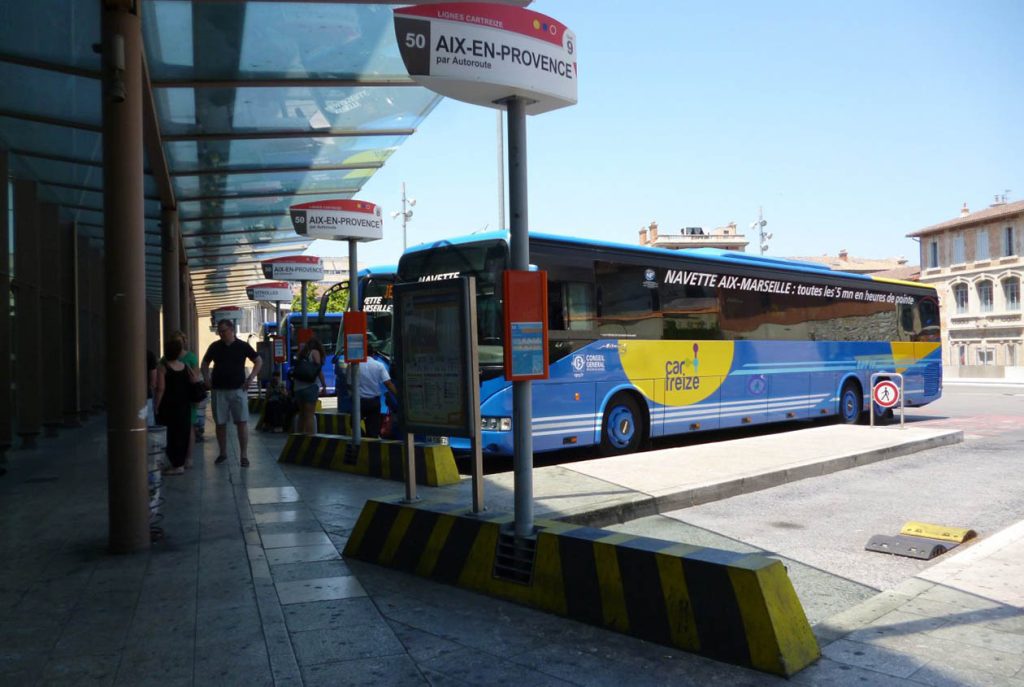
5. Taxi and Rideshare Options
Marseille has numerous taxi services, and ridesharing apps like Uber operate throughout the city. For those arriving late or with luggage, taxis are a convenient choice.
- Cost and Availability: Taxis are readily available at transportation hubs and major hotels. While they’re generally more expensive than public transit, they can be economical for group travel. Rideshare apps tend to be more affordable and provide an easy way to track and pay for your ride.
6. Exploring Beyond Marseille with Intercity Travel
If you want to explore more of southern France, Marseille offers excellent intercity travel options. The TGV (high-speed train) connects Marseille to Paris in just over three hours, and other regional trains provide easy access to Aix-en-Provence, Nice, and Avignon. The Cartreize regional bus network also offers a budget-friendly way to reach nearby towns, with one-way tickets starting at around €2.
For a seamless experience, consider downloading the RTM app, which provides real-time updates for buses, trams, and metros. You can also explore the City Pass, which covers unlimited public transit and access to various attractions. Marseille’s transportation system makes it easy to blend sightseeing with local life, and with a bit of planning, you can explore every corner of this vibrant city in style.
